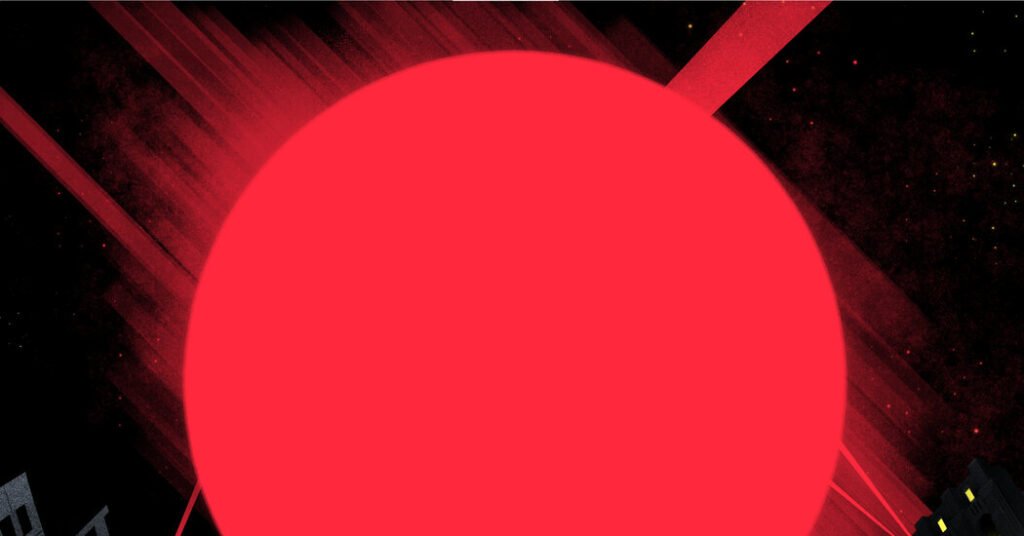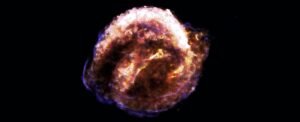Scientists Seeking Life on Mars Heard a Signal That Hinted at the Future

During that weekend, Earth and Mars were separated by just 34 million miles, closer than at any other point in a century. Although this orbital alignment, called an opposition, occurs every 26 months, this one was particularly captivating to audiences across continents and inspired some of the first large-scale efforts to detect alien life.
“In scores of observatories, watchers and photographers are centering their attention on that enigmatic red disk,” the journalist Silas Bent wrote on Aug. 17, 1924. He added that it might be the moment to “solve the disputed question of whether supermen rove his crust, and whether those lines, which many observers say they have seen, really are irrigation canals.”
Scientists plotted for years to make the most of the Martian “close-up.” To aid the experiments, the U.S. Navy cleared the airwaves, imposing a nationwide period of radio silence for five minutes at the top of each hour from Aug. 21 to 24 so that messages from Martians could be heard. A military cryptographer was on hand to “translate any peculiar messages that might come by radio from Mars.”
Then, lo and behold, an astonishing radio signal arrived with the opposition.
A series of dots and dashes, captured by an airborne antenna, produced a photographic record of “a crudely drawn face,” according to news reports. The tantalizing results and subsequent media frenzy inflamed the public’s imagination. It seemed as if Mars was speaking, but what was it trying to say?
“The film shows a repetition, at intervals of about a half hour, of what appears to be a man’s face,” one of the experiment’s leaders said days later.
“It’s a freak which we can’t explain,” he added.
A century has elapsed since the Mars mania of 1924, but the source of that strange signal remains a mystery. The original paper record is presumed lost, though digital copies have survived, ensuring that the crudely drawn face continues to stare out at us across time.
But the story of the 1924 Mars opposition is as much about the audacity of attempting a detection of extraterrestrial life as it was about the murky outcomes. Some things have changed, such as our technologies for studying the cosmos. But what endures is that sneaky feeling that we are not alone in the universe.
“We need some cosmic company out there, whether it’s in the form of gods or extraterrestrials,” said Steven Dick, an astronomer and former NASA chief historian who has written about humanity’s interest in aliens. “People go out and look at the night sky, and there’s all these thousands of stars, and they think, ‘Surely we can’t be the only ones.’”
“That’s a nice thought, but it’s not science,” he added.






